
Table of Contents
Neck arthritis can be very debilitating. It’s often caused by age-related wear and tear but can also result from autoimmune diseases and trauma. It affects mostly the elderly and may come with the following symptoms of arthritis:
- Neck stiffness,
- Neck pain,
- Shoulder pain,
- Radiculopathy,
- Cervical myelopathy,
- Crepitus or grinding noise on moving the neck,
- Numbness in the arms and hands.
Cervical myelopathy is the compression of the spinal cord within the neck as a result of arthritis and it presents with serious neurological symptoms like problems with ambulation, quadriparesis(weakness of the limbs), urinary and fecal incontinence, etc.
Does exercise help neck arthritis?
Research has shown exercises help to reduce the functional deficits observed in patients with arthritis. Stretching neck muscles will help reduce stiffness and pain associated with arthritis.1
The head weighs a few kilograms and needs strong neck muscles for support and coordination. Strengthening the neck muscles improves its control and stability, and reduces the progression of arthritis. It also helps to relieve the pain associated with neck arthritis or cervical spondylosis.
The benefits of exercise in neck arthritis are just about the same as we have in shoulder arthritis.
The best exercise for arthritis neck pain.
The neck is such an important area that anything that goes wrong there can affect the rest of your body from the neck down your whole body. The types of exercises for neck arthritis you should be doing are better decided after due evaluation from your healthcare provider or specialist.
The exercises should be devoid of undue pain and stabbing or pinching sensations. Some of them are:
1. Chin tucks or neck retraction:
- While standing or sitting, keep your head in a neutral position,
- Have your head slide backward in a horizontal plane as much as possible,
- You may place your fingers on your chin to assist with the movement as shown below,
- You should feel a stretch at the back of your head if done properly,
- Hold in that position for about 5 to 10 seconds and then relax. This is one rep.
Repeat this for 5 reps for a start.
2. Neck rotation:
You can do this while seated or standing.
- Start by Keeping your head in a neutral position and looking up straight ahead of you.
- Without tilting the head, slowly rotate your head towards your right.
- Your chin should move towards the right shoulder as much as it is comfortable for you,
- Hold in that position for about 5 to 10 seconds,
- Then, rotate your head to the left side,
- Your chin should move towards the left shoulder as much as possible,
- Hold in that position for 5 to 10 seconds. This is one rep. Do this for about 5 repetitions for a start.
3. Neck tilt or side flexion:
- Start by standing or sitting with your head in a neutral position and looking straight ahead,
- If you are standing you should stabilize your left shoulder by holding the side of your left thigh with your left hand as far down as the hand can reach but if you are seated, you may hold the bottom of the chair,
- Chin tuck and tilt your head towards your right shoulder,
- You may use your right hand to achieve more flexion by gently pushing the head from the left side further towards the right shoulder as shown below,
- Hold for about 5 to 10 seconds,
- Repeat for the other side and hold for an equal number of counts. This is one rep, repeat this drill for a few more reps.
4. Neck extension:
- With your head in a neutral position as in previous exercises, tuck in your chin and slowly roll your head backward as much as you can go or till you are looking up at the ceiling,
- Hold in this position for about 5 to 10 seconds,
- Return the head to the starting position. This is one rep.
5. Neck flexion:
- From a neutral head position, slowly turn your head to look downward till your chin touches your chest,
- Hold this position for about 10 seconds and return the head to the starting or neutral position. This is one rep.
Doing this under gravity as shown below is more challenging but strengthens your neck flexors.
6. Shoulder rolls:
- In a standing or sitting position, move both shoulders up toward your ears,
- From there move them backward by pulling your shoulder blades toward each other,
- Then, pull them downward, forward, and back up, toward your ears. This is one rep.
This takes the shoulders through a circular motion. Continue this motion for about 5 reps and do it in the reverse direction for another 5 reps.
Keep in touch by signing up for our newsletter:
7. Shoulder blade squeezes:
- Start with your neck and head in a neutral position,
- Ensure both shoulders are in the same horizontal plane,
- Pull both shoulder blades toward each other and hold for about 5 to 10 seconds,
- Relax your muscles so your shoulder blades return to the starting or neutral position. This is one rep and you may do up to 10 reps or as you deem fit.
8. Wall push-ups:
This is a safer alternative to the usual floor push-ups that can be harmful to arthritic joints. With this, you could achieve your therapeutic goals with less risk of arthritic flare-ups.
- Start by standing next to a wall with your feet together or at hip-width apart for better stability,
- Place both hands against the wall not less than shoulder width apart,
- Move away a bit from the wall to ensure your body is in an oblique position rather than vertical. This puts some weight on your arms,
- Keep slightly bent knees so they are not locked,
- Bend your elbows as you lower your chest toward the wall while keeping a straight back and without bending the hip,
- Hold in that position for about 5 to 10 seconds without your head touching the wall,
- Push your chest away from the wall by straightening your elbows as you return to the starting position. This makes one rep. You may do this up to 5 reps for a start or as you deem fit but improve on that as your fitness level improves.
The stretches help reduce stiffness, pain, and range of motion. Adding some resistance to these stretches with your hand will help improve the strength of the neck muscles. This is called isometric neck exercises and is demonstrated in the images below.
Yoga exercises for neck arthritis.
Research in this area has shown that yoga poses, which stretch and strengthen the supporting muscles of the neck, also have a pain-relieving effect according to the Journal of Physical Therapy Science.2 This has led to the inclusion of yoga as part of an evidence-based treatment for chronic neck pain resulting from neck arthritis.
Neck arthritis presents with neck stiffness as one of the symptoms. Yoga stretches help to counter this stiffness and maintain flexibility of the neck.
What is the best exercise for neck arthritis?
No exercise for neck arthritis can work for everyone. What may bring some pain relief to someone may not work for another person. The best exercise for neck arthritis for you should be that which was prescribed after a careful evaluation by your healthcare provider and which you found to be very effective in managing your symptoms.3
In other words, the best exercise for neck arthritis can differ in each case of the disease and is determined with input or feedback from you as the patient. Any exercise that gives you sharp pain, and pinching sensation, and worsens your symptoms significantly may not be right for you and should be discontinued.
Is walking good for neck arthritis?
Walking is something I recommend for patients with lumbosacral arthritis and it is beneficial. I have yet to emphasize it for people with neck arthritis, however, research published in the Journal of Occupational Health has found increased daily walking to be beneficial in reducing the onset of neck pain but it doesn’t reduce the intensity of existing pain or any accompanying disability.4
Neck arthritis pillow.
Whether you have neck arthritis or not, pillows are very important for the prevention of neck sprain and the management of the symptoms of arthritis. A good neck arthritis pillow should have the following qualities:
1. Firm to touch but not hard.
2. In supine lying(lying on your back), should be able to support the head and neck without tilting the head forward.
3. In-side lying should support your head and neck to align with the rest of your spine in a horizontal plane by filling up the space between the side of your head and the mattress.
You may also be interested in arthritis that affects the spinal joints of the low back which bears similarities to that of the neck.
- Ytterberg, S., Mahowald, M., & Krug, H. (1994). Exercise for arthritis. BaillièRe’s Clinical Rheumatology, 8(1), 161-189. https://doi.org/10.1016/S0950-3579(05)80230-4 ↩︎
- Kim, D. (2016). Effects of yoga on chronic neck pain: A systematic review of randomized controlled trials. Journal of Physical Therapy Science, 28(7), 2171-2174. https://doi.org/10.1589/jpts.28.2171 ↩︎
- Ytterberg, S., Mahowald, M., & Krug, H. (1994). Exercise for arthritis. BaillièRe’s Clinical Rheumatology, 8(1), 161-189. https://doi.org/10.1016/S0950-3579(05)80230-4 ↩︎
- Sitthipornvorakul, E., Sihawong, R., Waongenngarm, P., & Janwantanakul, P. (2020). The effects of walking intervention on preventing neck pain in office workers: A randomized controlled trial. Journal of Occupational Health, 62(1). https://doi.org/10.1002/1348-9585.12106 ↩︎

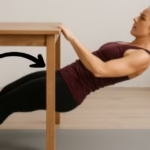

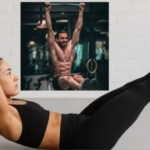
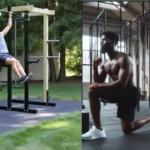
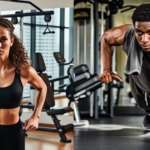

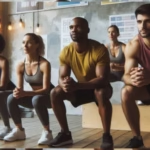
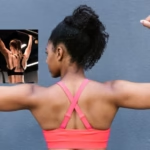


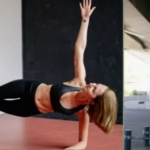
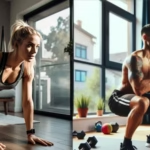











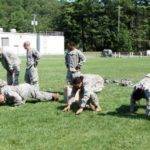





















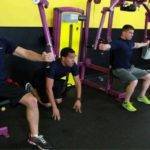


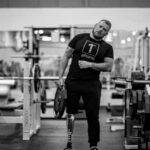

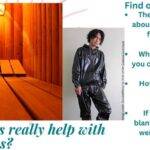
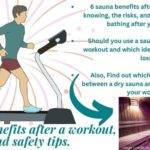





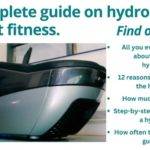












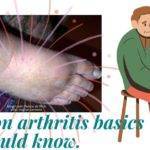

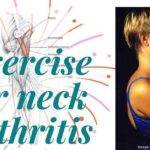

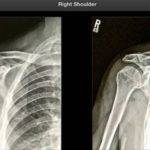

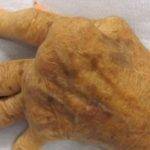

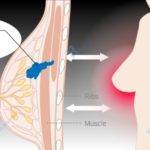
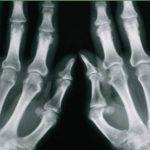
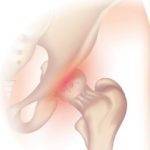


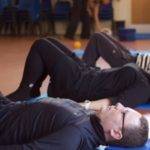



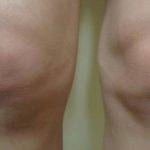

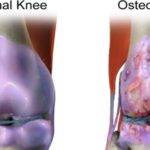
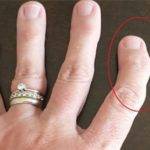












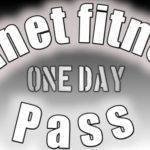
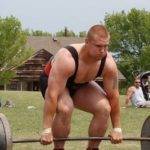





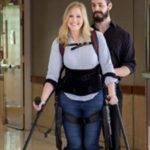















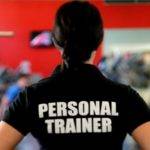










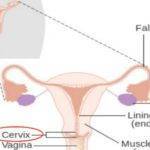


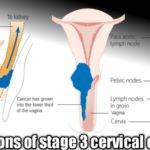
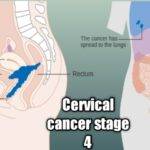










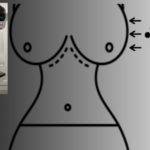

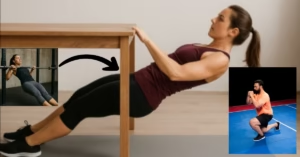
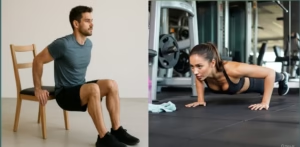


There is apparently so much to learn about this. I think you made very good points here and in the features also.
Thanks for this.
Awsome site! I am loving it!! Will be back later to read some more. I am taking your feeds also.